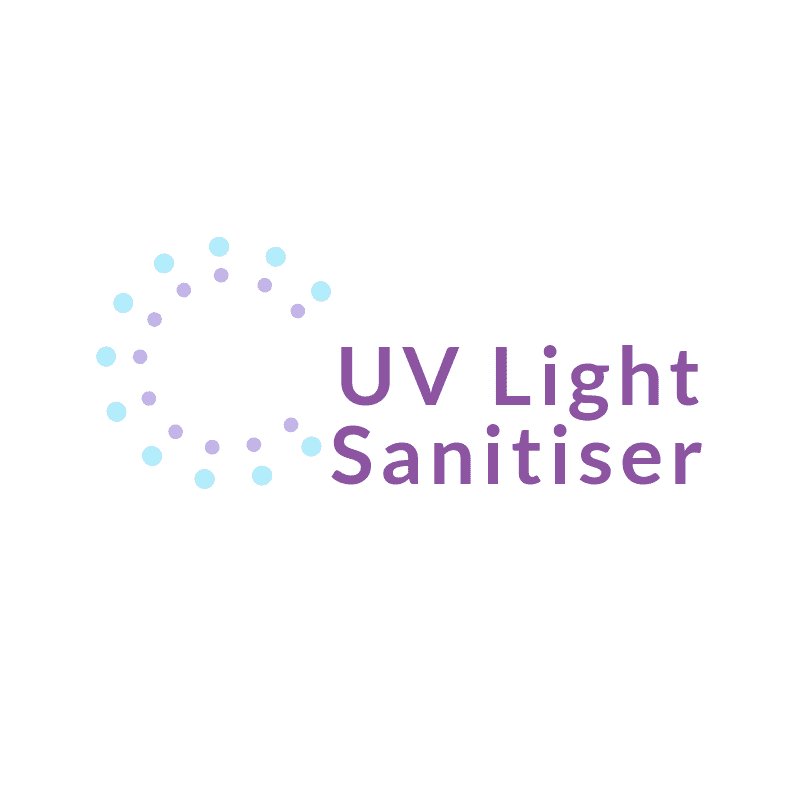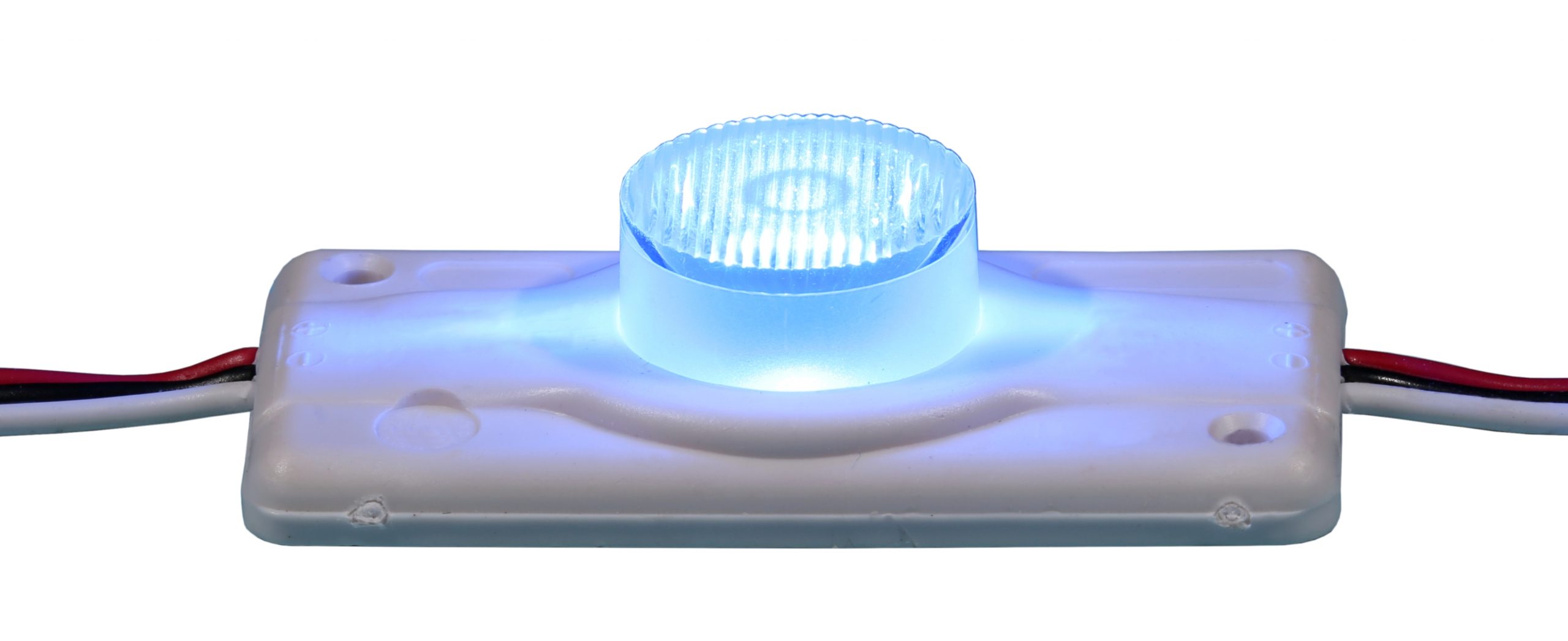The facts have shown that ultraviolet (C-UV) spectroscopy can effectively kill almost all known microorganisms, making it an ideal solution for cleaning HVAC cooling coils and for cleaning air at high altitude in public places like schools and hospitals.
However, the effectiveness of UV lamps means that care must be taken when servicing these systems. Unlike some hazards, exposure to ultraviolet light does not interfere with natural reactions (for example, lifting your eyes to bright sunlight) or physical signals that need protection (for example, the heat emitted by hot dishes) . In addition, the physiological effects of UV exposure are delayed and can occur after six hours.
The Power of UV Lights
The first important point is to understand the characteristics of UV-C and how to threaten UV-C if it is not managed properly.
Ultraviolet light, also known as ultraviolet sterilization (UVGI), contains a part of the electromagnetic spectrum from 400 to 100 nm. The ultraviolet segment consists of various parts designated as UV-A (400 to 315 nm), UV-B (315 to 280 nm), and very high-energy destructive UV-C (280 to 200 nm).
Most of us are familiar with the harmful effects of ultraviolet light transmitted by sunlight on the wavelengths of UV-A and UV-B rays, which leads to the appearance of inhibitors of ultraviolet “sunburn” or Sunscreens. We are also familiar with products designed to protect against ultraviolet radiation, such as plastic, paint, and rubber. However, unlike UV-A and UV-B wavelengths, the energy of the electron volt (eV) in the UV-C band is more than double that of UV-A, and is well absorbed by materials organic (non-reflective), therefore Increasing damage Paul.
This ability allows electromagnetic radiation to penetrate through organisms at the cellular level, effectively destroying their DNA. The effect of UV-C rays on the human body depends on the duration of exposure, but can cause burns to the skin. Direct observation can also cause temporary damage to the cornea. In addition to these threats, UV-C is a known carcinogen on human skin.
Pros and Cons of UV Light
In the electromagnetic spectrum, ultraviolet rays are between visible light and X-rays. We cannot see it, although it exists in the sun and destroys our DNA very well. This is why you should apply sunscreen: the lotion can protect you from two types of UV rays: UV radiation A and UV radiation B can cause premature wrinkles on the skin, sunburn and skin cancer. The third type is called UVC, the wavelength of which is too short to penetrate Earth’s atmosphere and reach our skin, so it does not pose a threat to sunbathers. But it can be recreated in a flask.
Research has shown that UVC can seriously destroy genetic material, such as DNA, so that microorganisms or viruses exposed to radiation cannot multiply. Jim Bolton, an environmental engineer at the University of Alberta, said: “It cannot kill the virus, but it cannot multiply.” The pandemic has made UV disinfection increasingly popular. Hospitals and even the New York City subway system have purchased this technology.
However, the UV sanitsing wand does not matter in destroying the genetic material, it will harm human skin and eye cells. Bolton said that certain UVC wavelengths are associated with skin cancer or cataracts. When no one suffers from harmful wavelengths, a light sanitation procedure will be performed (for example, taking a robot to a hospital).
UV Light Can Damage The Body
Ultraviolet rays are part of the electromagnetic spectrum emitted by the sun, and can also be generated by light bulbs. UVC rays are absorbed by ozone in the atmosphere, but UVA and UVB rays actually reach Earth’s surface, and if there are too many, they can cause sunburn and skin cancer.
Ultraviolet rays need two factors to kill viruses: intensity and time. But Milton said that if the light is strong enough to destroy the virus in no time, it will be dangerous to people. UVA and UVB light can damage the skin. UV lamps are safer for the skin, but can damage delicate tissues such as the eyes.
Biological Effects of UV Light
Although UV radiation is widely known for its harmful effects on human skin and its association with skin cancer, each UV band (UVA, UVB, and UVC) presents different risks to humans.
UV radiation refers to wavelengths shorter than 280 nm. These wavelengths are completely absorbed by our atmosphere, and no natural ultraviolet radiation reaches the earth’s surface. These wavelengths can be obtained with artificial light sources, such as UVC LEDs or mercury lamps. The intensity of a point light source (such as a UVC LED) drops to 1 per square meter away, and as soon as it exceeds the scattering length, it decreases exponentially. This means: 1) the greater the distance between the source of ultraviolet radiation and the human body, the lower the dose that affects the human body, 2) the absorption length of ultraviolet radiation in human skin is very small, for so that ultraviolet radiation can barely reach the living cells of the human body. , Skin, all absorption occurs in a layer of dead cells.
Ultraviolet rays (especially the shorter wavelength, called UVC) destroy the virus’s DNA or RNA, weaken its ability to reproduce, and therefore kill the virus. The hospital uses ultraviolet lamps and even robots to disinfect the air in the room. However, like the use of disinfectants, UV lamps cannot distinguish between their lethality. David Brenner, a physicist at the Columbia University Radiology Research Center, said light also damages human cells, potentially damaging the cornea, causing sunburn and increasing the risk of skin cancer. That’s why the hospital staff only turns on the light when the room is empty.
UV-C Safety Strategies
Therefore, when working with sanitising wands, be sure to follow the general safety rules. Many manufacturers of HVAC / R and UV-C equipment have voluntarily taken protective measures to avoid exposure to ultraviolet radiation. Instructions and signs indicate that service personnel should turn off the UV system before performing any work on the air handling unit (AHU). These guarantees include:
A warning label should be placed near all access panels or doors in a ventilated room equipped with an ultraviolet lamp, and also on a panel or door near the AHU section. UV rays can penetrate or reflect.
Install a shutdown device in the AHU lamp section so that any access point turns off the UV-C system. Some manufacturers provide door safety switches or lockout / tagout functions to keep the AHU closed until the UV lamp is turned off. These safety devices must not be overcome.
Instruct service personnel not to look directly at UV-C without adequate eye protection. Installing a viewing window is the safest way to observe light, as it blocks UV-C bandwidth. Make sure the inspection window is made of UL certified fire resistant wire glass and its size and location allow you to see a working UV system from outside the HVAC equipment. Activate the appropriate safety signs to form a complete graphics window / sign assembly.
Do not enter the ventilation room with UV light. If absolutely necessary, wear personal protective equipment, including UV goggles, UV masks, and thick knitted clothing with long sleeves that cover most of your body, and gloves.
These precautions will help protect service personnel from accidental exposure, while maintaining the effectiveness of UV-C rays to remove biological contaminants.

